Who Are The Jews Of The Bible?
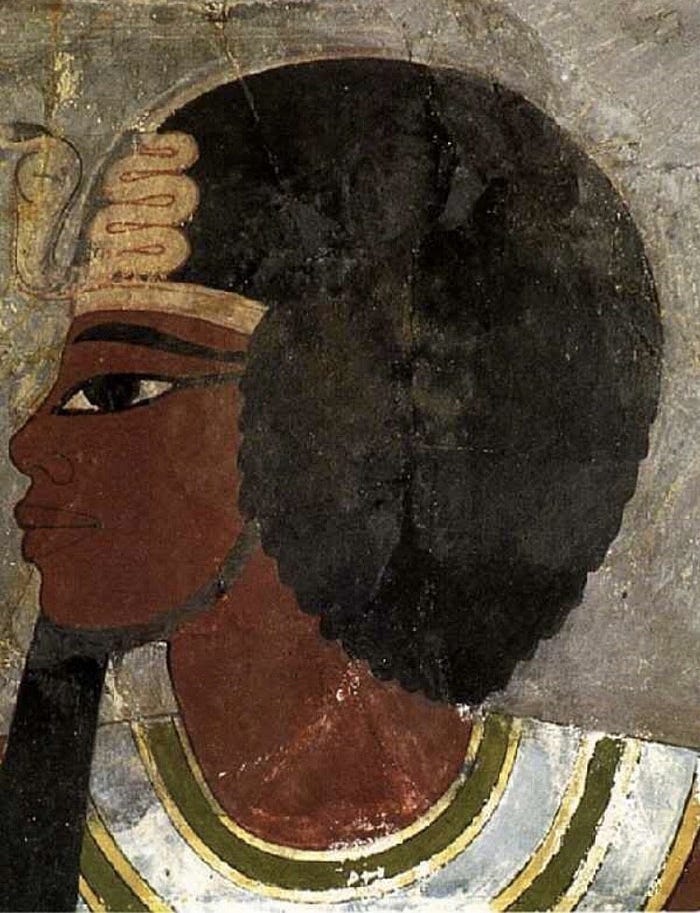
Historical Evidence
How Did We Go From Being Called Jews to Black?
In his book ,The Great Roman-Jewish War: 66–70, the Roman historian, Flavius Josephus, stated over thousands of years ago, that the Israelites migrated into Africa. He writes:
“Millions of Jews fled into Africa, among other places, fleeing from Roman persecution and starvation during the siege.”
This is just one example of the migration.
*Once the Israelites migrated to West Africa, they established communities all through-out Africa.*
One of those communities was the Kingdom of Juda.
As mentioned in the Bible and in history, there was a Kingdom in Israel, called the Kingdom of Judah.
Jew comes from the name Judah.
That being said, one of the largest slave ports in West Africa, where many of our ancestors were stolen from was labeled the Kingdom of Juda.
Below is a 1747 map of Africa, created by an English cartographer named Edward Bowen(1693 or 1694–1767). This map, shows specifically where the ancestors of many African Americans come from.
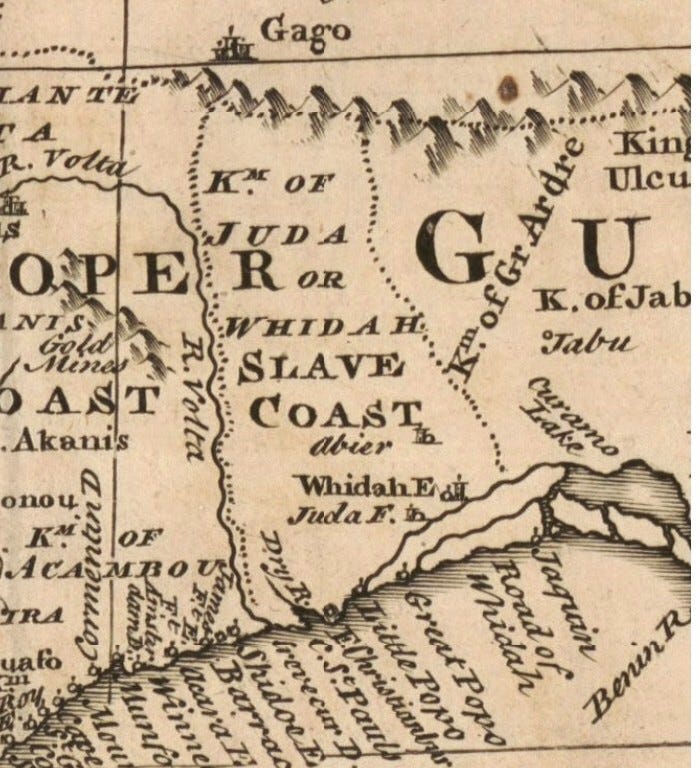
You can view the full map on the link below. It is from website for the Library of Congress.
The Kingdom of Juda was in what is now called, Benin. According to the Washington Post, it was once West Africa’s largest slave port.
In the 1870’s, a French public research university called, the University of Montepellier, put out a book(below)on geography.
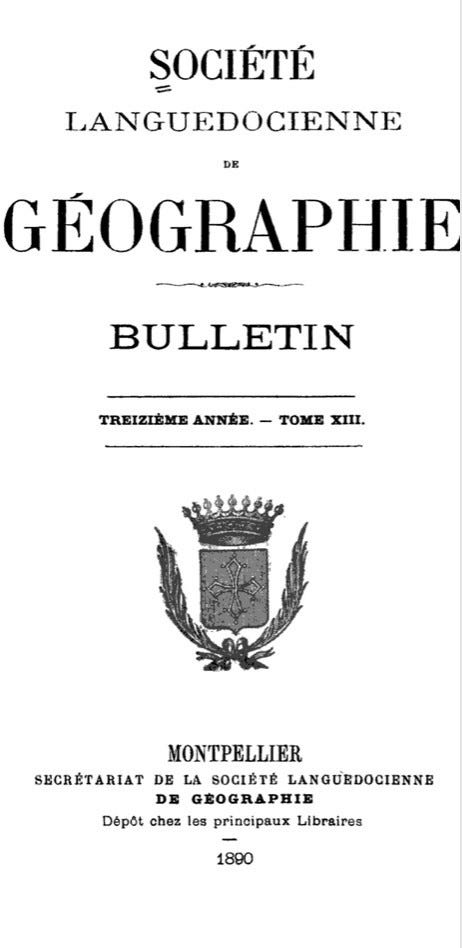
The book talks about the Kingdom of Juda, stating,
“Whydah (Fidah, Hwedah, Ouida, Judah, or Ajuda) is a old city frequented since the 16th century by the Portuguese slavers, who gave it its name. It’s inhabitants were said to be Judaic, “and they were indeed considered as a remnant of scattered tribes of Israel”
In 1876 a French geographer named, Élisée Reclus also , wrote about the Kingdom of Juda in his book called, “The Earth and Its Inhabitants.”
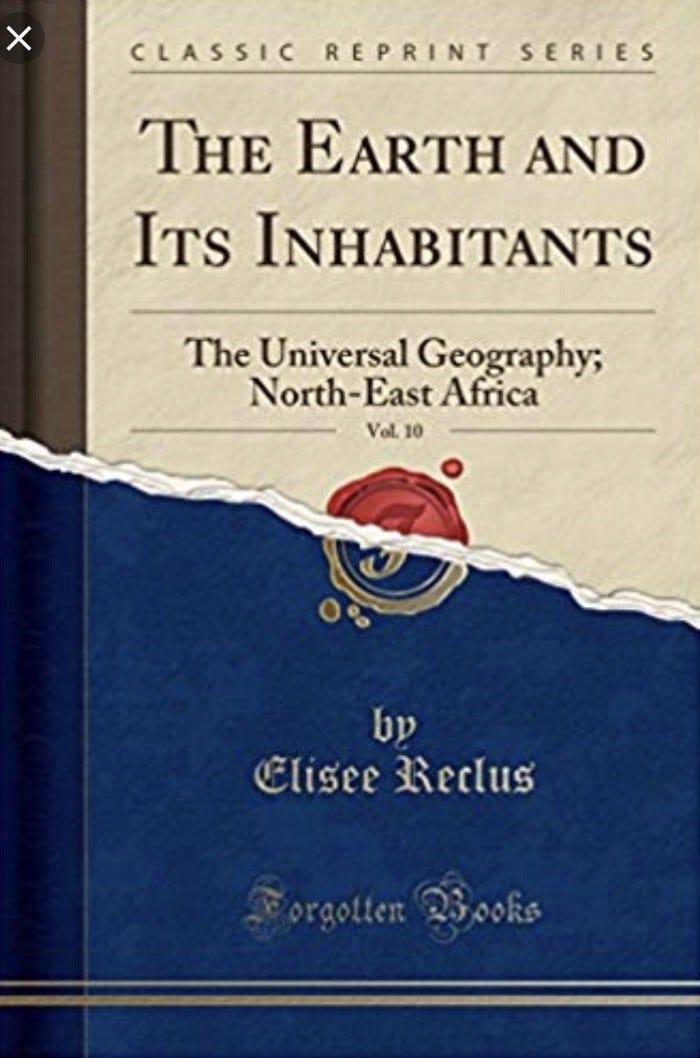
He wrote: “Known to Europeans by various names of Fida, Heredah, Whydah, Wida. The old writers called it Juda, and it’s inhabitants were said to be Jews.”
Near the Kingdom of Juda was also the region known as Guinea. During the 1600’s, the English traveler John Ogilby, wrote about the coast of Guinea in Africa.
He stated: “Many Jews also are scattered over this region; some Natives, boasting themselves of Abraham’s seed, inhabiting both sides of the river Niger”
There was the Jew community in Timbuktu, Mali.
In 1820 an English traveler named James Gray published his book “An account of Timbuctoo and Housa”,

This book states:
“This place is reported to be inhabited by one of the lost tribes of Israel, possibly an emigration from the tribe of Judah. Yahooda, in African Arabic, signifies Judah. Yahoodee signifies Jew. It is not impossible, that many of the lost tribes of Israel may be found dispersed in the interior regions of Africa”
-El Hage Abd Salam Shabeeny collected and formatted by James Gray Jackson: An Account of Timbuctoo & Housa (1820)
The quotes below are from an article from 1853, out of the Weekly Raleigh Register.
“A Jew who had accompanied a German traveller,as far as Timbuctoo, found near the boundary of Bambara a large number of Jewish negroes. Nearly every family among them possesses the law of Moses, written upon parchment.”
“The explanation which they give of themselves, in connection with their black skin, is this — that after the destruction of Jerusalem, at the time of the captivity, some of their ancestors, having neither goods nor land, fled to the desert. The fatigue which they endured so great, that nearly all the females died by the way. The children of Ham received them with kindness and by intermarriage with their daughters, who were black, communicated their color to their children. These children became generation by generation, of a deeper hue, until no differences of color now distinguish the children of Shem and those of Ham.”
Below is a book from the 18th century, called A system of universal geography: or A description of all the parts of the world.
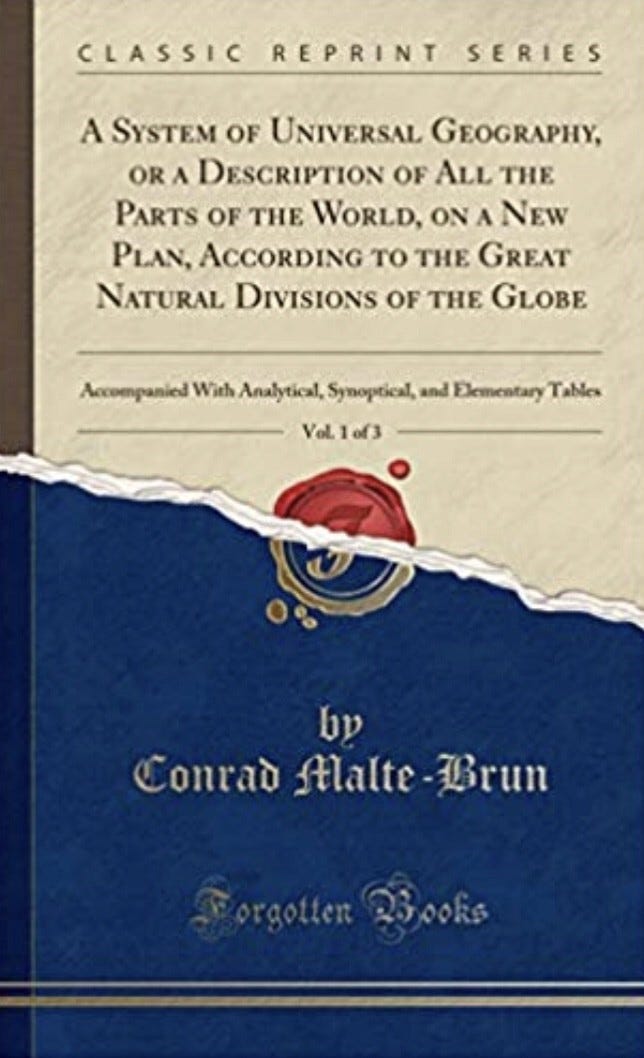
This book is by two French travelers Conrad Malte-Brun and James Gates-Percival. They were French travelers who traveled around Africa during the time of the Slave Trade and documented the tribes in Africa.
While traveling through the Kingdom of Loango, which is present day Congo, they wrote:
“The kingdom of Loango contains black Jews, scattered throughout the country; they are despised by the Negroes who do not even deign to eat with them; they are occupied in trade, and keep the sabbath so strictly that they do not even converse on that day; they have a separate burying ground, very far from any habitation. The tombs are constructed with masonry, and ornamented with Hebrew inscriptions.”
A historical account from the 1700’s describes the connection between West Africans and the Israelites. This account is from an African man from the Igbo tribe of Nigeria, named Oludah Equiano.

He was kidnapped from Nigeria and was enslaved in Barbados and Virginia. He was somehow able to purchase his freedom and went on to become a writer and abolitionist. In his autobiography, he not only documented the horrors of slavery, but he also wrote about his culture back home during the slave trade. He detailed how his tribe practiced the same customs of the Jews in the Torah,
“We practiced circumcision like the Jews, and made offerings and feasts on that occasion in the same manner as they did. Such is the imperfect sketch my memory has furnished me with of the manners and customs of a people among whom I first drew my breath. And here I cannot forbear suggesting what has long struck me very forcibly, namely, the strong analogy which even by this sketch, imperfect as it is, appears to prevail in the manners and customs of my countrymen and those of the Jews, before they reached the Land of Promise, and particularly the patriarchs while they were yet in that pastoral state which is described in Genesis — .”
“Like the Israelites in their primitive state, our government was conducted by our chiefs or judges, our wise men and elders; and the head of a family with us enjoyed a similar authority over his household with that which is ascribed to Abraham and the other patriarchs. The law of retaliation obtained almost universally with us as with them: and even their religion appeared to have shed upon us a ray of its glory, though broken and spent in its passage, or eclipsed by the cloud with which time, tradition, and ignorance might have enveloped it; for we had our circumcision (a rule I believe peculiar to that people:) we had also our sacrifices and burnt-offerings, our washings and purifications, on the same occasions as they had.”
For part 3, please click the link below.